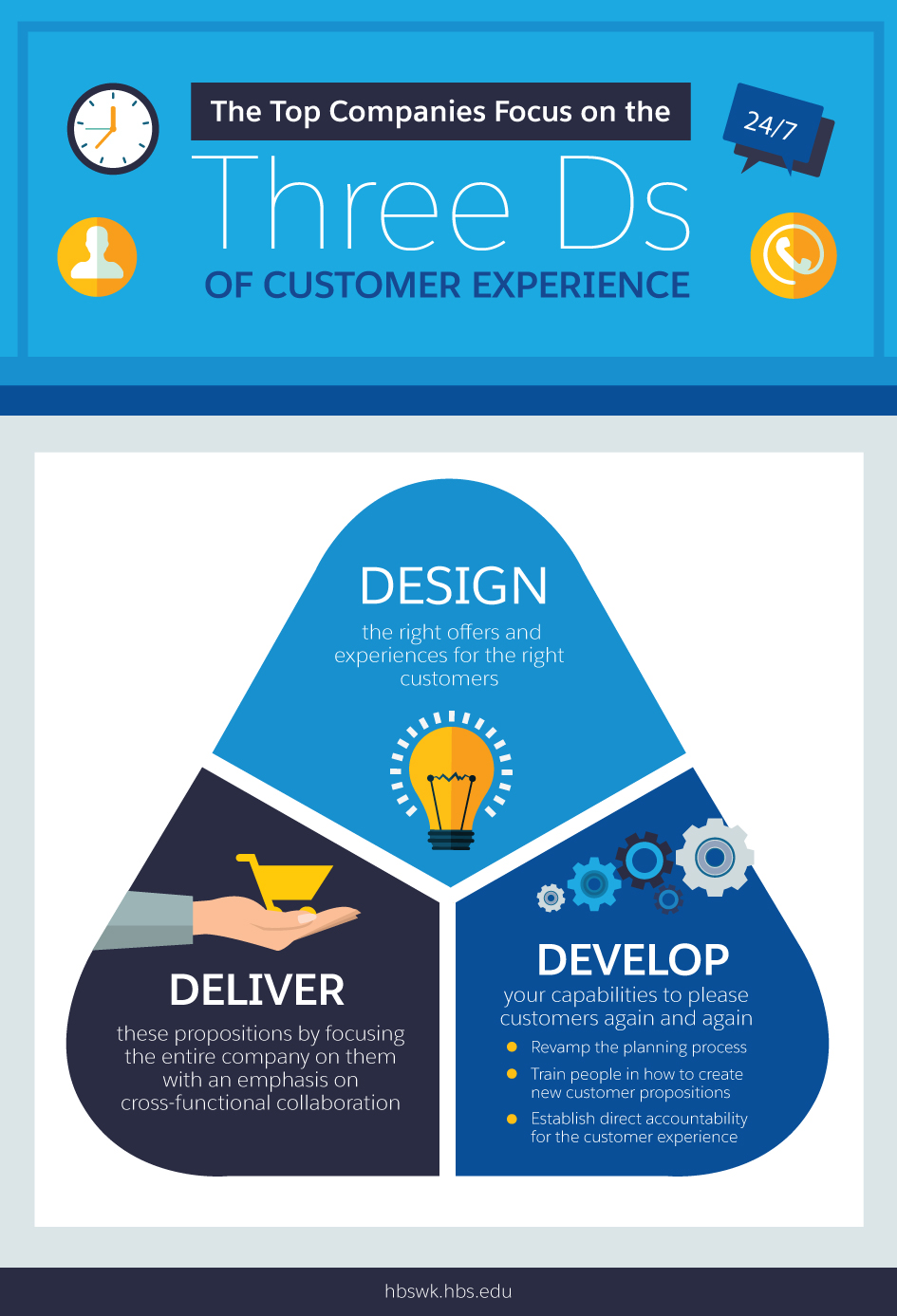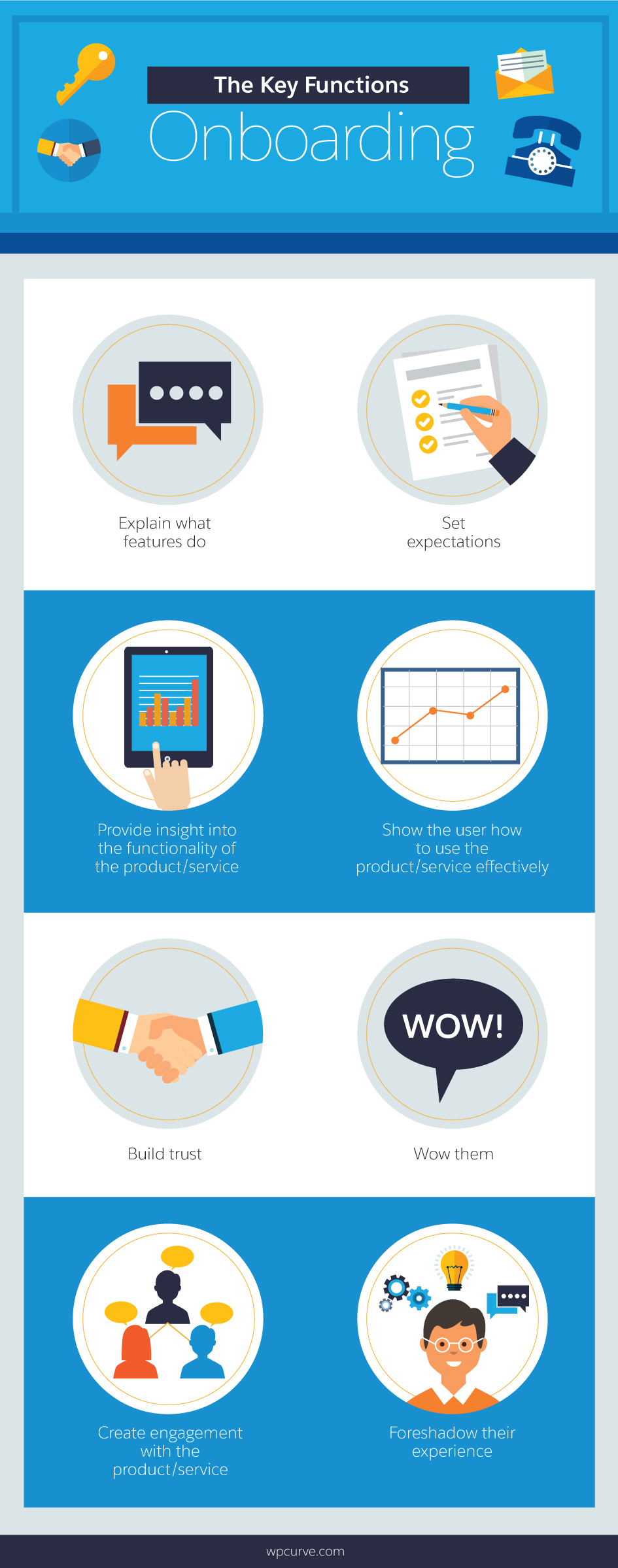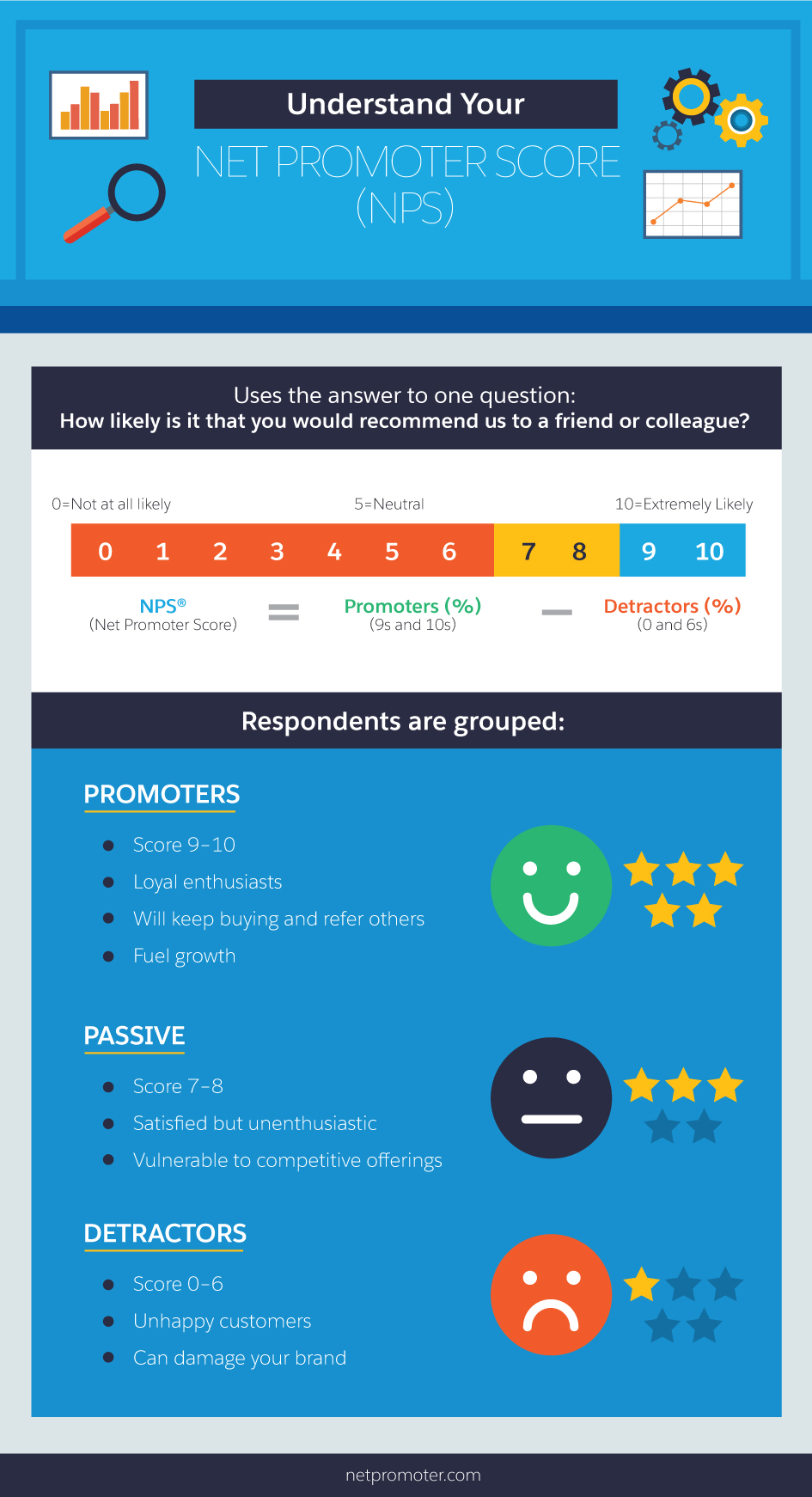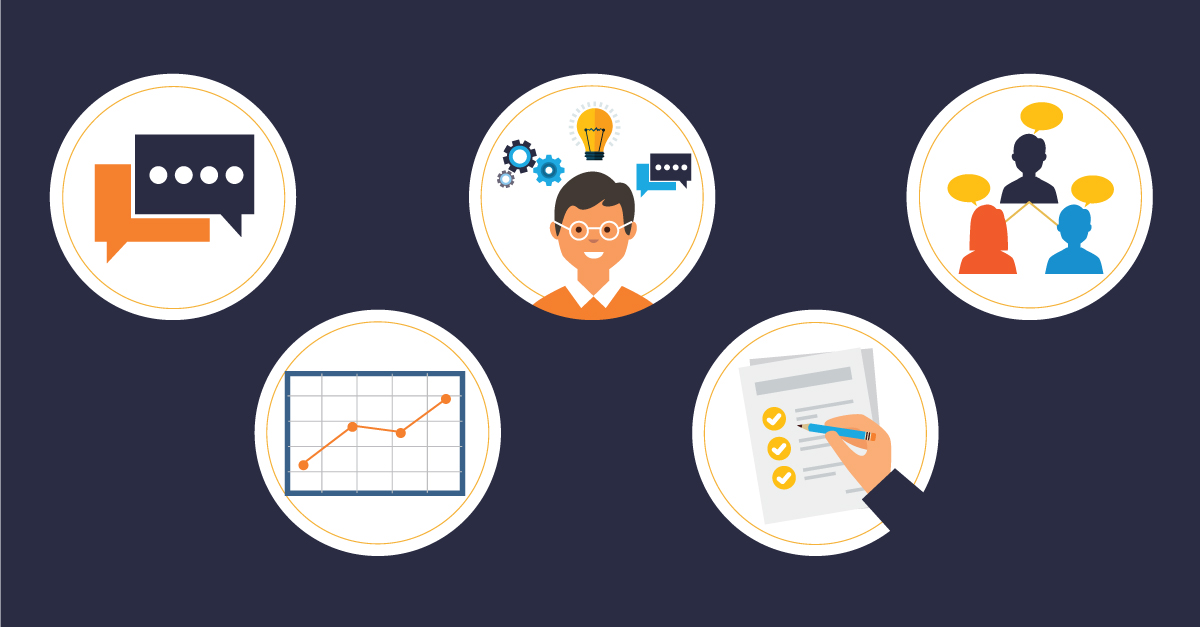When highly effective B2B salespeople close a big deal, what is the first thing they do? They don’t rest on their laurels or move on to the next opportunity as quickly as possible. They don’t leave their new customer wondering what happened to the relationship they built. The best sales professionals know that when the contract is signed and the sale is completed, it’s time to immediately start thinking about all of the opportunities that are available to enrich the relationship with their client, create additional revenue sources, and deliver a customer experience that is second to none.
The post-sale period is woefully overlooked in many organizations, and there are numerous ways to take advantage of the goodwill that has been created during the sales process. Unfortunately, too many sales leaders and reps place so much importance on the act of closing the sale that they neglect to have a concrete strategy in place to guide them after the fact. Without a roadmap for where to go with the customer following the sale, many reps leave unexplored opportunities on the table.
You can accomplish so much by being engaged and thorough during the post-sale period. It’s also important to remember that the potential benefits that can be accrued here aren’t limited to you and your company; your actions can and should still bring additional value to the client and their organization. If the client is satisfied with their experience, they should also be invested in continuing the relationship and finding new ways to gain value from the partnership.
To be a B2B sales superstar, do not let complacency set in after all of your hard work to close the deal. Think of the sale as the jumping-off point that leads to a long and fulfilling relationship for all parties.
Maximize revenue from your current customers
When salespeople practice conscientious up selling, they can form the foundation of a symbiotic relationship. Incorporating a customer-centric upselling strategy into your post-sale plans ensures that you maximize the revenue from every new client without feeling guilty about taking advantage of your customers. The basis of upselling in a customer-focused manner involves never attempting to push additional features or add-ons onto a client unless there is demonstrated value for your buyer. It is a philosophy that demonstrates to your customers, “I am not interested in making more money off of this sale at your expense; I am interested in finding additional avenues that allows both of us to benefit further from this relationship.”
This idea is so powerful in part because of the potential savings for your company that can be achieved through prolonging the relationship with a current customer. It is estimated that generating the same amount of revenue from a brand new customer costs up to ten times as much as up selling to an existing one. If the benefits to the customer make sense operationally and financially, there is no reason to leave this extra revenue on the table in search of a sale that may or may not materialize in the future.
The top companies focus on the Three Ds of costumer experience
- Design the right offers and experiences for the right costumers
- Deliver these propositions by focusing the entire company on them with an emphasis on cross-functional collaboration
- Develop your capabilities to please costumers again and again
- Rewamp the planning process
- Train people in how to creat new costumer propositions
- Establish direct accountability for the costumer experience

Become obsessive about the customer’s experience
The period following a successful sale is a prime time to gather as much information as you can that you can take back to the leadership team and use to improve processes and the customer experience. Yes, this does take some additional time that could be spent on core sales activities, but you have to view your relationship with the client you just closed with as an investment for your company. Not only will you use the customer’s specific insights to try to help your organization operate at a higher level, but you will also contribute to the effort to create a better experience for your customer in all future dealings.
This education doesn’t have to be limited to sales processes or customer service. Perhaps you discussed upselling options with your client following the sale, only to discover that your company does not currently offer an additional feature that the customer would happily purchase. In such instances, the sales reps can act as the front line of research for the product development team, delivering to them unique insights into what the customer expects and how they can produce new revenue streams going forward.
There is a wealth of knowledge to be discovered during this time, and many business leaders are content to leave it on the table in favour of other activities. In many ways, this initiative can be even more reliable than traditional market research, which relies on analyzing the behaviour of hypothetical customers to make determinations about product strategy. Here, you have opinions from actual customers who have already demonstrated that they are willing to put their money where their mouths are.
Wow them with exceptional customer onboarding
As a B2B sales professional, what is the best possible outcome for you in your interactions with a client? Is it that you complete the sale and earn your commission? That is a positive outcome, but the most effective salespeople go far beyond this step.
As a representative of your organization, it should be incredibly important to you that your client has everything they could possibly need to be successful with your product, and that they are given support to ensure it actually solves the issues it was intended to solve. When the relationship goes beyond the sale and you demonstrate to the customer that you are committed to their success with the company, you can help foster long-term advocacy and trust.
This is where the customer onboarding process becomes such a crucial component of the overall customer experience. Of course, you can’t create a comprehensive onboarding program without the help of other parties such as technical support, product specialists, and customer service. However, you can provide a seamless experience for the client by coordinating communication and acting as the point person during the onboarding process. You can also solicit feedback from the client and ask for their help in drafting an onboarding plan. Since the end users of your product are likely to be a diverse group of individuals, it is important to work with the technical team to develop a training program that is accessible for users with many different learning styles.
The Key functions onboarding
- Explain what features do
- Set expectations
- Provide insight into the functionality of the product/service
- Show the user how to use the product/service effectively
- Build trust
- Who them
- Create engagment with the product/service
- Foreshadow their experience

Keep using content to provide consistent value
Many sales leaders view content as a tool that is only useful in the early stages of the funnel, whether it is used in lead generation or to demonstrate expertise once the initial connection has been made. But content provides value both to the client and your company after a buyer has already made the decision to purchase, and in many ways you can deploy your content in a more specifically targeted fashion during this time.
On the front end, using educational content as a sales tool always involves some amount of guesswork. No matter how much research you do, there is still a possibility that your content won’t strike the chord you think it is going to. Even with a well-honed and well-tested content strategy, you roll the dice when you share a link, hoping it won’t turn a potential lead cold.
Using content after the sale removes much of this concern, however. Throughout the sales journey with your client, you’ve had numerous opportunities to develop a thorough understanding of the type of content that would be relevant and valuable for them specifically, as well as for other key decision makers in their organization. Successful content sharing is always about providing value for the intended audience, and the post-sale timeframe uniquely positions sales professionals to take advantage of the power of personalization.
Understand your Net promoter Score (NPS)
Uses the answer to one question:
How likely is it that you would recommend us to a friend or colleague?
0= Not at all likely
5= Neutral
10= Extremely likely
NP( Net promoter Score)= Promoters (%) (9s and 10s) - Detractors (%) (0 and 6s)
Respondents are grouped:
Promoters
- Score 9-10
- Loyal enthusiasts
- Will Keep buying and refer others
- Fuel growth
Passive
- Score 7-8
- Satisfied but unenthusiastic
- Vulnerable to competitive offerings
Detractors
- Score 0-6
- Unhappy costumers
- Can damage your brand

Develop the courage to ask for referrals
Among many B2B salespeople, asking customers for referrals can feel like an anxiety-inducing responsibility. Many shy away from it because they prefer to avoid being perceived as greedy or opportunistic.
In reality, if the sale and implementation processes have gone very well, your customer will most likely be excited about spreading the word to other qualified buyers. Once again, it is all about the symbiotic relationship between the sales rep and the client. If they feel like their entire journey with your company has been based around value rather than some sort of Machiavellian maneuvering, they will be eager to pass that potential value on to others.
In order to maximize your achievements during the post-sale period, talk to your enthusiastic clients about who they think would be a good fit for your product in the future. You can also use these conversations to learn a little bit about the referral’s specific business needs, so that you have a baseline of knowledge you can use to begin your pre-sales research.
Your research, no matter which part of the sales process you’re in, needs to include organized data that’s kept updated with every interaction. Only then can you truly leverage the most potent post-sales opportunities for each client.
Share "5 High-Impact Post-Sale Sales Opportunities" On Your Site



